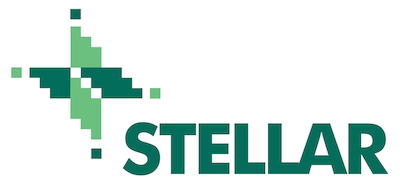The STELLAR Seminar series highlights relevant research by STELLAR team members and their collaborators.
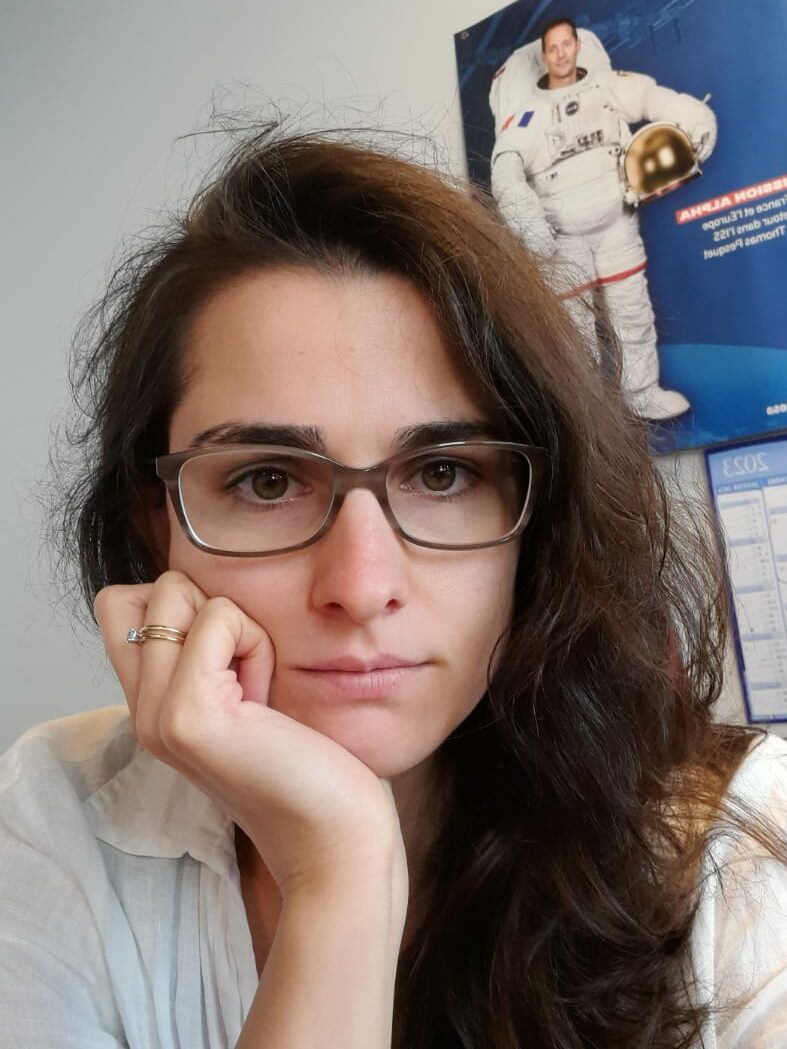
“The Distortion of Radio Observations by the Heliosphere”
Dr. Nicolina Chrysaphi
Laboratory of Plasma Physics, Sorbonne University
Thursday 20 June 2024, 15h CET
The Full Seminar Talk Available Here
Abstract:
Radio photons can interact with heliospheric density fluctuations that influence their observed properties, whether the photons have solar or extra-solar origins. I will demonstrate the importance of accounting for
such interactions, with particular focus on scattering which is the dominant radio-wave propagation effect. By combining observations of solar radio bursts and simulations, we showed that scattering is anisotropic and that ignoring its effects can be detrimental to any inferences made from observations. Such anisotropy also induces a dependence of radio measurements on the observer’s angular position, including on the observed size, position, and flux. However, we recently employed an improved fitting method and analysed multi-vantage observations from four angularly-separated spacecraft, identifying the decay and rise times as the only radio burst measurements which are independent of the observer’s position. We also identify scattering effects as an important contributor to the rise phase of the solar radio light curves we record, adding to our understanding of the plasma emission mechanism.
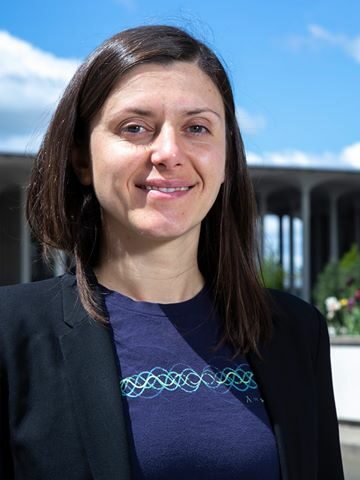
“Radio Dynamic Zones: Motivations, Challenges, and Opportunities to Catalyze Spectrum Coexistence”
Prof. Mariya Zheleva
University at Albany, SUNY, New York, USA
Thursday, 02 May 2024, 15h CET
The Full Seminar Talk Available Here
Abstract:
The radio spectrum is a precious, finite and instantly renewable natural resource upon which we all depend in more ways than we realize. While our personal and professional lives thrive on mobile broadband communications, a plethora of other applications, such as weather forecasting, climate science, astronomy, space exploration, and civil/military navigation also critically depend on the radio spectrum. Although these technologies are vastly different in terms of sensitivity levels, interference tolerance, space, time, and frequency usage patterns, they increasingly converge towards the same frequency bands. We currently lack both in technological and policy frameworks to enable harmonious coexistence of such vastly different spectrum stakeholders. A corner stone towards spectrum coexistence are testbed capabilities for wide-area experimentation to empirically demonstrate what is possible and where technologies begin interfering with each other. Such experimental capabilities, however, are currently limited to individual stakeholders. In this talk, I will outline a vision for Radio Dynamic Zones as regional-scale testbeds that facilitate spectrum coexistence experimentation. I will then focus on mutual awareness as a key functional component of coexistence. I will introduce my work on automating the measurement and management of the radio spectrum for future spectrum-sharing applications. I will talk about spectrum analytics from low-cost and imperfect data and its implications on algorithm design. Finally, I will discuss the importance of spectrum coexistence to bridge the digital divide while allowing critical sciences to thrive.
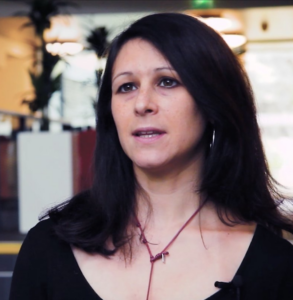
“Pulsar Observations With LOFAR, and the Quest for Gravitational Waves”
Dr. Caterina Tiburzi
INAF – National Institute of Astrophysics (Istituto Nazionale di Astrofisica) & Università degli Studi di Cagliari
Tuesday, October 24 2023, at 13:00h CET
The Full Seminar Talk Available Here
Abstract:
Pulsars are fast-rotating, highly-magnetized neutron stars that are visible at radio wavelengths as periodic sources. We know much about the radiation of pulsars above approximately 400 MHz, thanks to several radio telescopes in the world such as Effelsberg, GMRT, Parkes, but little was accessible until a decade ago below 300 MHz, due to the lack of sophisticated radio facilities and to the technological difficulties encountered in treating such frequency bands. However, low-frequency pulsar astronomy went through a complete renaissance thanks to the LOw Frequency ARray, LOFAR, an European SKA-LOW precursor observing at the inaccessible frequencies below 240 MHz. The exquisite sensitivity and quality of the LOFAR observations have allowed a wealth of cutting-edge studies about propagation effects, as well as pulsar emission mechanisms, physics of the magnetosphere and more, and more and more nations are adhering to this facility — the youngest members being Bulgaria and Italy. In this talk, we will delve into pulsars and into their studies at low frequencies with LOFAR, and we will explore their role in Pulsar Timing Array experiments, whose primary target is the detection of gravitational waves with ultra-low frequencies.
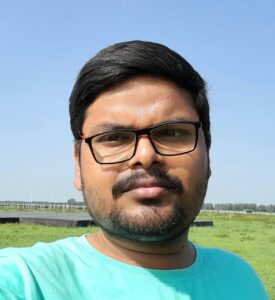
“Remote Measurement of Plasma Parameters of Coronal Mass Ejections using Spectropolarimetric Radio Imaging”
Dr. Devojyoti Kansabanik
National Centre for Radio Astrophysics, Tata Institute of Fundamental Research
Tuesday, January 31 2023, at 13:00h CET
The full seminar talk is available online.
Abstract:
Coronal mass ejections (CMEs) are the large eruptions of plasma and magnetic fields from the solar corona into the heliosphere. Although the exact mechanism of the CME is still not understood completely, it is well-recognised that the magnetic field plays an important role in the evolution of the CMEs and their space-weather impact. Moreover, the shock produced by the CME, internal magnetic reconnection, and interaction with other plasma structures like the streamers; produces energetic electrons. These are a special concern for space weather. Hence, remote measurement of plasma parameters of CMEs at different coronal heights is important. Until recently, this was only possible at lower coronal heights using observations at visible or extreme ultraviolet wavelengths or only at some vantage points in space using in-situ measurements. This scenario is now changing with the high dynamic range spectropolarimetric imaging capability of the new-generation radio interferometric arrays. In this talk, I will focus on the recent developments in high-fidelity solar imaging observations using the two precursor instruments of the upcoming Square Kilometre Array Observatory (SKAO), the Murchison Widefield Array and the MeerKAT. I will describe the capabilities of the high dynamic range spectropolarimetric snapshot imaging to measure the plasma parameters of CMEs using spectropolarimetric modeling of the gyrosynchrotron emission at lower and middle coronal heights. I will end with the current status of the heliospheric measurements over a large part of the inner heliosphere using the MWA and MeerKAT.

“The Nature and Origin of Moving Solar Radio Bursts Associated With Coronal Mass Ejections on the Sun”
Dr. Diana Morosan
University of Helsinki
Thursday, December 22 2022, at 13:00h CET
The full seminar talk is available online.
Abstract:
Flares and coronal mass ejections (CMEs) from the Sun are the most powerful and spectacular explosions in the solar system, capable of releasing vast amounts of magnetic energy over relatively short periods of time. These phenomena are often associated with particle acceleration processes that are often observed directly by spacecraft here at Earth. At the Sun, there are no direct methods of measuring these particles, which is necessary to predict their origin and propagation direction through the heliosphere. However, accelerated particles, in particular fast electrons, can generate emission at radio wavelengths through various mechanisms. Here, I will present radio observations of various types of radio bursts that accompany CME eruptions on the Sun, in particular radio bursts that show movements with the CME expansion in the low solar corona. Using multi-wavelength analysis and reconstructions of the radio emission and CME in three dimensions, we can better determine the sources, locations, and propagation directions of fast particles during these eruptions.

“The Sun and the (Low Mass) Stars: Searching for Radio Flares and CMEs on M Dwarfs”
Jeremy Rigney
Dublin Institute of Advanced Studies & Armagh Observatory and Planetarium
Monday, November 14 2022, at 13:00h CET
The full seminar talk is available online.
Abstract:
M dwarfs are low mass stars less than half the mass of the Sun, which make up over 70% of the stellar population. Many of these M dwarfs are highly convective rapid rotators, driving high levels of activity in the form of flares thousands of times larger than those observed on the Sun. Observing M dwarfs at various different wavelengths can provide a better understanding of their similarities and differences from the Sun, and how their activity may be impacting orbiting exoplanets. In particular, low frequency radio emission observations may provide evidence for high
energy stellar coronal mass ejections, which would be catastrophic for the habitability of exoplanets. This talk will focus on the solar-stellar connection, trying to understand radio emission from the Sun and applying this understanding to radio emission and activity on low mass stars.
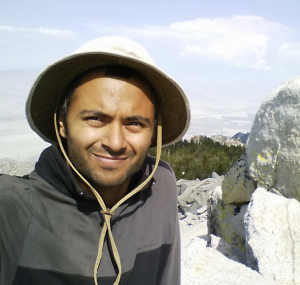
“Radio flashes from plasma storms around exoplanets”
Dr. Harish Vedantham
ASTRON, The Netherlands Institute of Radio Astronomy
Tuesday, November 2 2021, at 15:00h CET
The full seminar talk is available online.
Abstract:
Low frequency (< few hundred MHz) radio observations uniquely trace several processes that determine the habitability of exoplanets. Coronal plasma ejections that erode planetary atmospheres can be detected using the characteristic radio bursts they emit. Planetary magnetic fields that largely determine the planetary defence against the stellar onslaught can also be detected using radio observations. Radio observations of such phenomena in the solar system are commonplace. I will argue that the extrasolar frontier is now also within reach thanks to powerful new low-frequency telescopes such as LOFAR. I will describe an observational program using LOFAR to systematically survey the low-frequency radio sky for stellar, brown dwarf and exoplanetary emission with unprecedented sensitivities reaching a fraction of a milliJansky at 150 MHz and below. I will present some early successes of this campaign including (a) the discovery of evidence for magnetic interaction between a star and its planet and (b) the discovery of a cold brown dwarf directly in the radio band using its magnetospheric emissions. I will end with an outlook for harnessing radio astronomy’s unique diagnostic capabilities to advance exoplanet science.
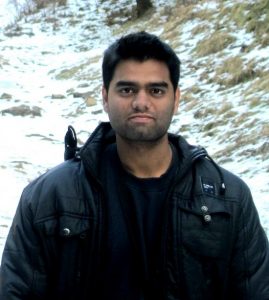
“Characterisation of weak transient meterwave solar emissions”
Dr. Rohit Sharma
Fachhochschule Nordwestschweiz FHNW, Switzerland
Thursday, September 16 2021, at 13:00h CET
The full seminar talk is available online.
Abstract:
The coronal plasma resides in the meanders of the magnetic fields rooted in the photosphere. The dynamic processes taking place at the solar surface naturally influence the coronal magnetic fields. In X-rays and extreme-UV bands, this manifests itself in a broad range of phenomena ranging from the most energetic flares to those at the detection threshold of even the most capable instrumentation. Constant fluctuations of energetically weak flares permeate even the quiet corona, often referred to as nanoflares. As coherent emission is involved, even the weaker solar flares can produce disproportionately strong signatures at metre waves. Despite this advantage, the amplitude of these signatures is only a few per cent of the background. The propagation effects by the radio waves through the inhomogeneous turbulent coronal plasma further complicates the scenario. Images from the Murchison Widefield Array (MWA) now represent the state-of-the-art solar radio imaging at meterwaves. They have been used to probe the low-level variability in the background solar emission. The idea of differential radio imaging using visibility subtraction has been used successfully by other instruments. Here we present the first application of this technique to the MWA solar data. We find many interesting results, including the presence of numerous weak compact sources. Most of these are associated with regions bright in EUV and are about two orders of magnitude fainter than the million K background.

“Observation, Modeling, and Wave-Propagation Simulations on the Source of Solar Radio Bursts”
Dr. Peijin Zhang
University of Science and Technology of China
Tuesday, August 17 2021, at 15:00h CET
The full seminar talk is available online.
Abstract:
The observation of solar radio burst provides a unique perspective to diagnose the energetic electrons and the background plasma. However, due to the lack of in-situ observations, the specific details of the emission mechanism and wave propagation effect of solar radio bursts remain unclear. To get further understanding of the relationship between energetic electrons and features of observed radio burst, it requires more data analyses, high-resolution observations, and simulations on the influences of wave propagation effect, so as to infer the radiation mechanism and the physical process happening in the source region. In this talk, I will present my PhD work results, focusing on obtaining more information from the observation of solar radio bursts. It will include the following parts:
(1) Statistical and forward modeling of Type III radio bursts
(2) On the duration of solar radio bursts
(3) Imaging spectroscopy of fine structures
(4) Wave propagation simulation

The STELLAR project has received funding from the European Union’s Horizon 2020 research and innovation programme under grant agreement No 952439. It is coordinated by the Institute of Astronomy, Bulgarian Academy of Sciences.
